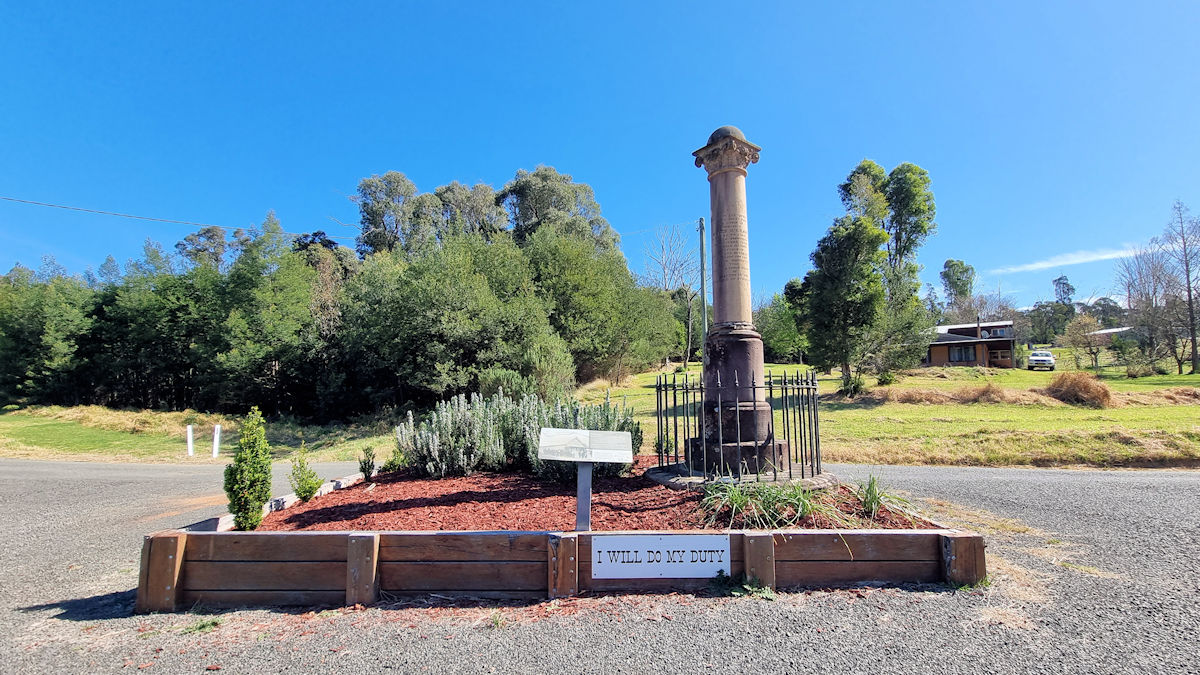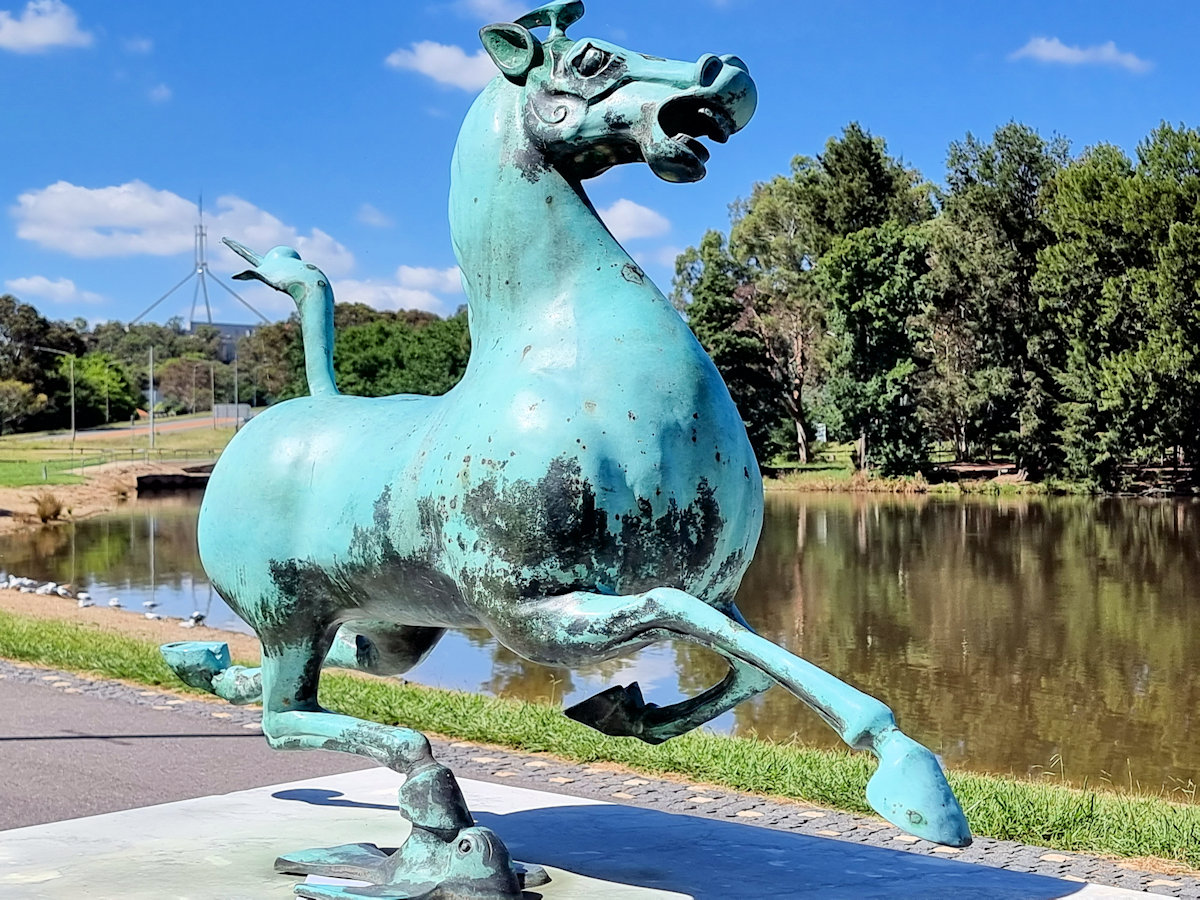Tag: Memorial
-
Constable Miles O`Grady Obelisk

Constable Miles O`Grady Obelisk Located on the main street of Nerrigundah, the Constable Miles O`Grady Obelisk is a reminder of Australia’s gold mining and bush ranger past. Nerrigundah, Gold Mining and Bush Rangers Although the local population is now only 40, at its height in the 1860s it boasted a population of 11,000. By 1866… Read more
-
Lennox Gardens Canberra

Lennox Gardens Canberra Located on the shore of Lake Burley Griffin, Lennox Gardens in the Australian capital Canberra has several distinct areas gifted to Australia by foreign governments. Additionally it contains several memorials while being a beautiful place to relax. Nara Peace Park Gifted to the people of Canberra by the Japanese city of Nara,… Read more
-
Carradah Park Sydney Australia

Carradah Park Sydney Australia History of the Site The BP refinery at Carradah Park in Waverton has a rich history that dates back several decades. Here is a brief overview of its historical significance: The refinery was established in 1926 by the Anglo-Persian Oil Company, which later became British Petroleum (BP). Its location in Waverton,… Read more